Scientific American Declares Jedi Are “Inappropriate Mascots For Social Justice”
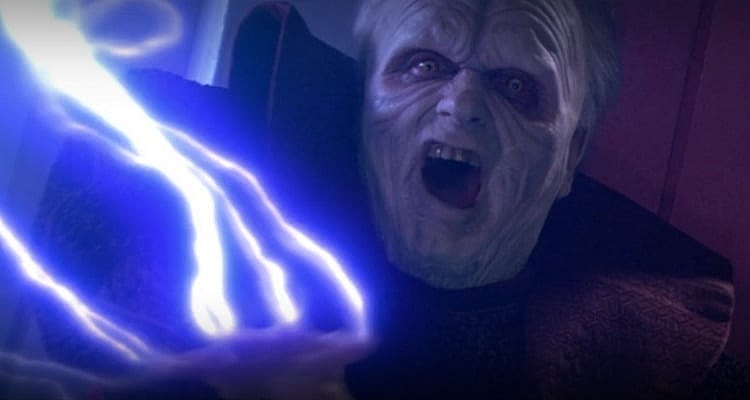
Social justice activists at the Scientific American have declared the term “Jedi” problematic and believe they are “inappropriate mascots for social justice.”
J.W. Hammond, Sara E. Brownell, Nita A. Kedharnath, Susan J. Cheng, and W. Carson Boyd penned an article headlined, “Why the Term ‘JEDI’ Is Problematic for Describing Programs That Promote Justice, Equity, Diversity and Inclusion.”
In the article they note that JEDI is being used as an acronym to stand for justice, equity, diversity and inclusion. However, they take issue with the acronym because of its associations with the Jedi of the Star Wars universe.
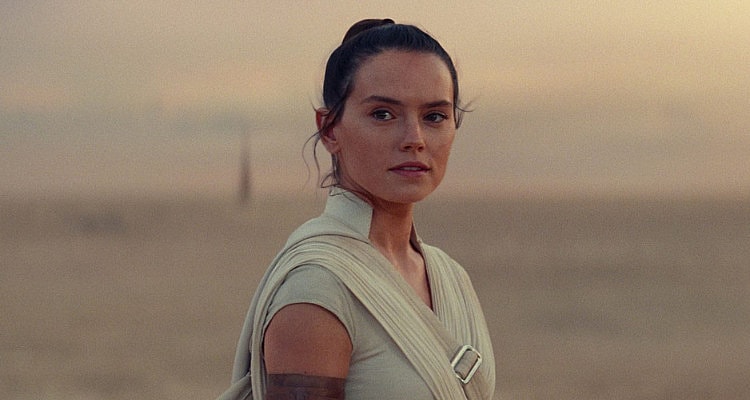
They specifically claim “The Jedi are inappropriate mascots for social justice.”
As for why, they immediately point to race, “They are a religious order of intergalactic police-monks, prone to (white) saviorism and toxically masculine approaches to conflict resolution (violent duels with phallic lightsabers, gaslighting by means of “Jedi mind tricks,” etc.).”
“The Jedi are also an exclusionary cult, membership to which is partly predicated on the possession of heightened psychic and physical abilities (or “Force-sensitivity”),” they add.
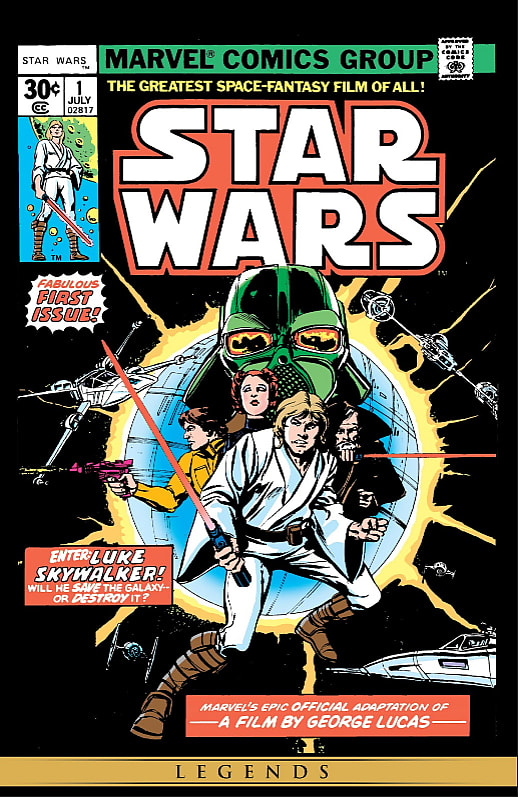
First off, it’s unclear why the Jedi being a religious order is wrong or acting as a police force is wrong. That seems to be a reflection of the authors’ views rather than anything else. I think there’s a word about discriminating against one’s religion.
Secondly, the claim of white saviorism rings hollow given one of the main leaders of the Jedi Order is Mace Windu played by Samuel L. Jackson.
Thirdly, while some of the authors claim to be fans of Star Wars, it’s clear just by these first couple of sentences, they didn’t really pay attention to the movies. In The Phantom Menace, the Jedi are sent to peaceably resolve the trade dispute between Naboo and the Trade Federation. They only respond in a violent fashion after the Trade Federation attempts to kill them.
But go on about violent duels and “toxically masculine approaches” whatever that phrase even means.
The gaslighting claim is hilarious, as this entire article is an attempt at gaslighting Star Wars and the Jedi.
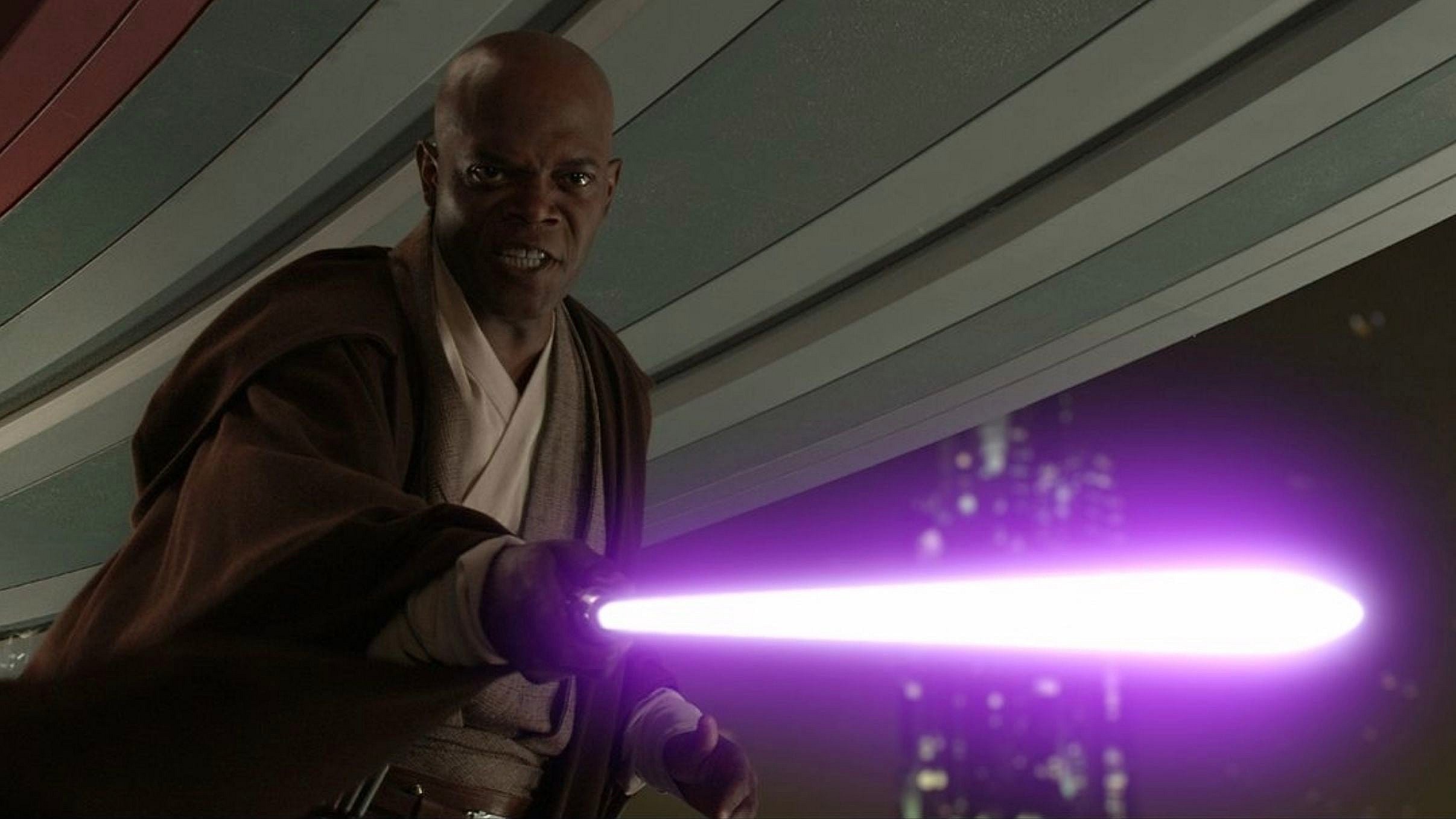
After making these ridiculous claims they go on to make some more, “Strikingly, Force-wielding talents are narratively explained in Star Wars not merely in spiritual terms but also in ableist and eugenic ones: These supernatural powers are naturalized as biological, hereditary attributes.”
“So it is that Force potential is framed as a dynastic property of noble bloodlines (for example, the Skywalker dynasty), and Force disparities are rendered innate physical properties, measurable via “midi-chlorian” counts (not unlike a “Force genetics” test) and augmentable via human(oid) engineering,” they add.
They then conclude, “The heroic Jedi are thus emblems for a host of dangerously reactionary values and assumptions. Sending the message that justice work is akin to cosplay is bad enough; dressing up our initiatives in the symbolic garb of the Jedi is worse.”
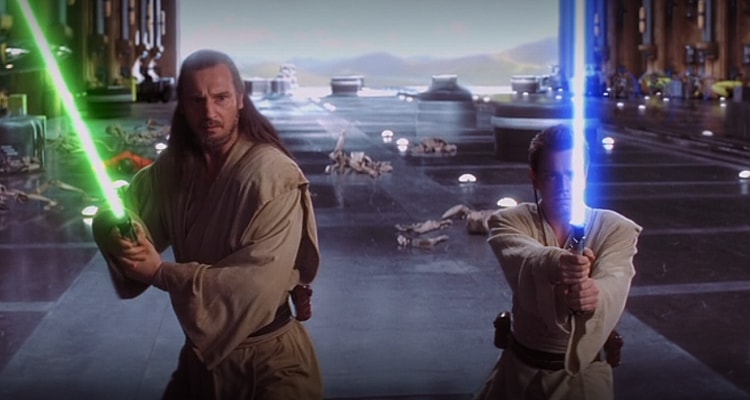
As defined by Merriam-Webster, eugenics is “the practice or advocacy of controlled selective breeding of human populations (as by sterilization) to improve the population’s genetic composition.”
This is not practiced in Star Wars or by the Jedi Order. The claim is absurd. And to claim that checking your midi-chlorian count is like a Force genetics test is dumb as well. Doctors check all kinds of things in your body when they take blood and pee symbols and no sane person is comparing those to eugenics or ableism.
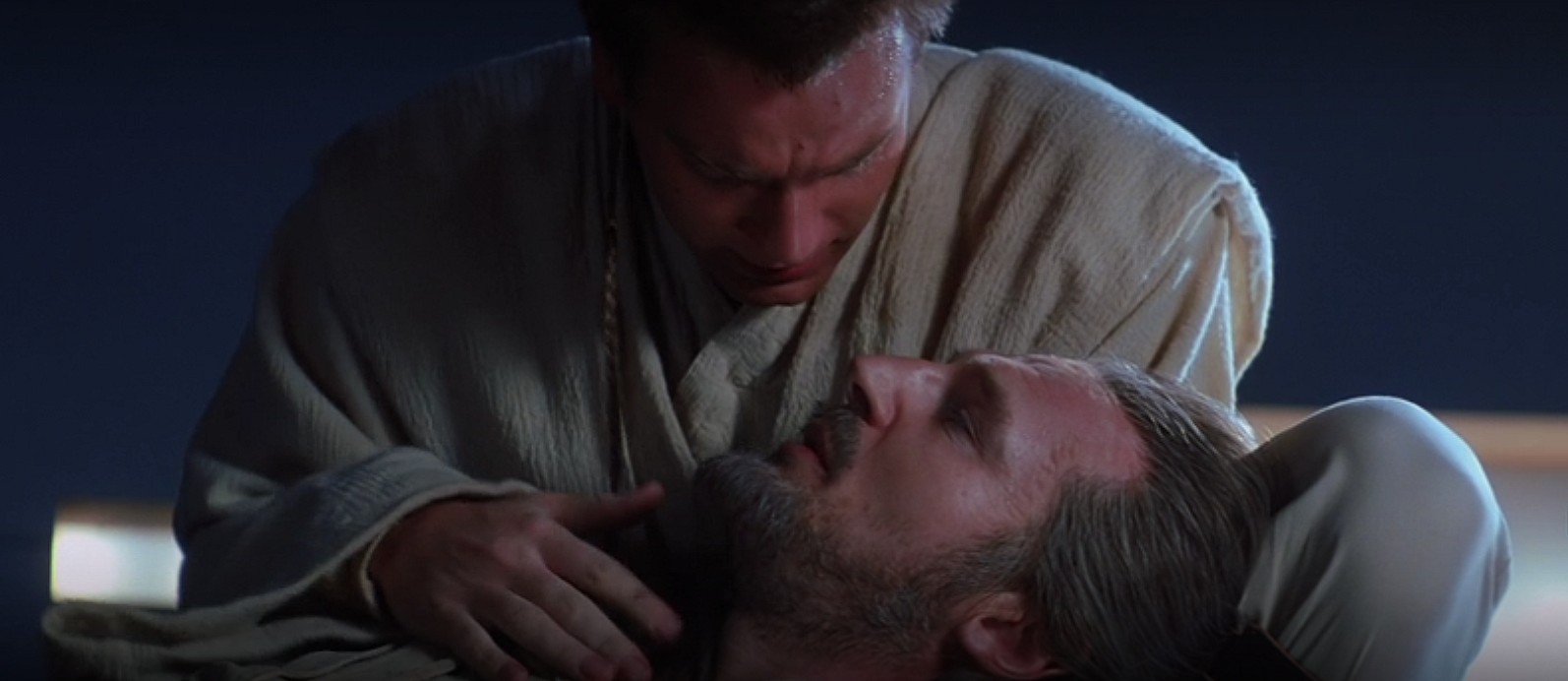
Not only are the Jedi problematic in their minds, but they claim, “Star Wars has a problematic cultural legacy.”
They explain, “The space opera franchise has been critiqued for trafficking in injustices such as sexism, racism and ableism. Think, for example, of the so-called “Slave Leia” costume, infamous for stripping down and chaining up the movie series’ first leading woman as part of an Orientalist subplot.”
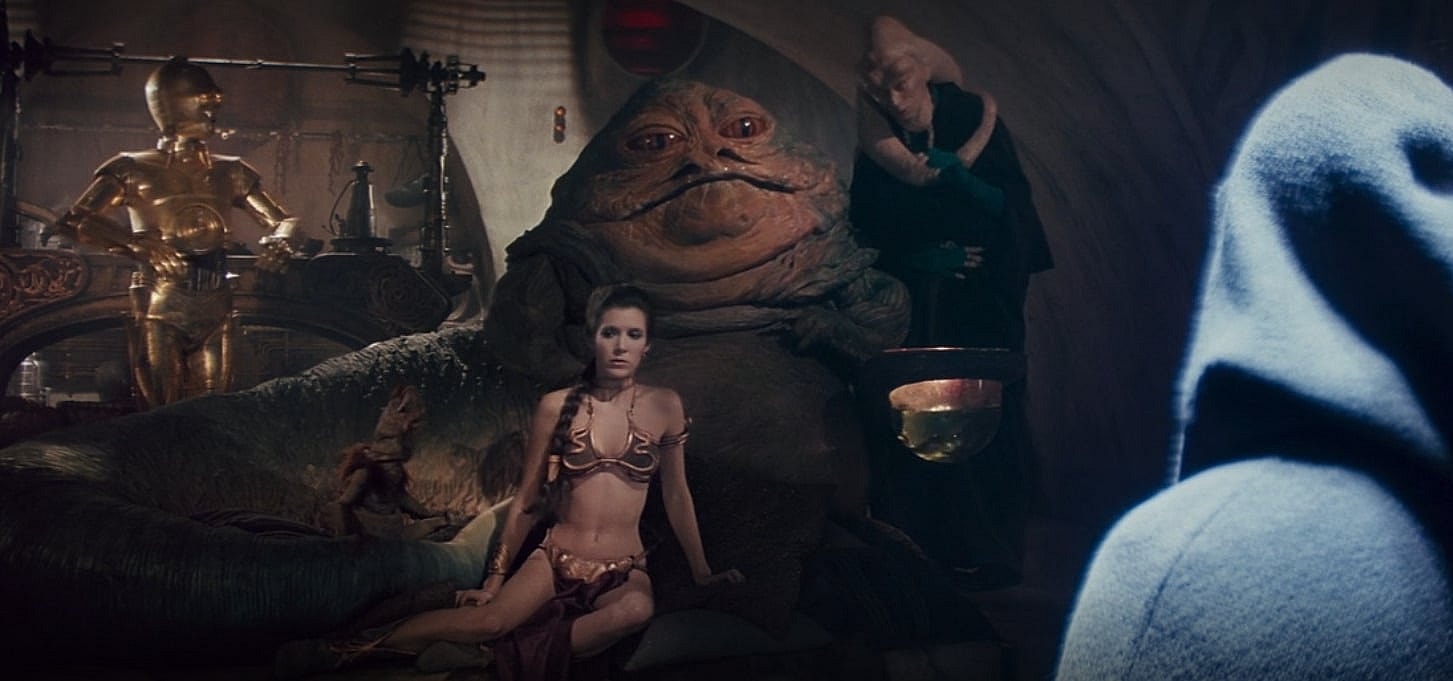
Clearly these arguments are getting more and more absurd, and it’s even more obvious they didn’t watch the films. The guy who captures Princess Leia for trying to free Han Solo from his clutches is Jabba the Hutt an evil gangster. He dresses her up as a trophy to be displayed, showing off his power. However, by the end of the story, it’s Leia killing the gangster with the chain that Hutt bound her with.
As for an Orientalist subplot, are they claiming that Jabba the Hutt is supposed to be Arab because he happens to be based on Tatooine? If so it makes no sense because that’s where Luke Skywalker was raised too! And they have the gall to accuse Star Wars of racism.
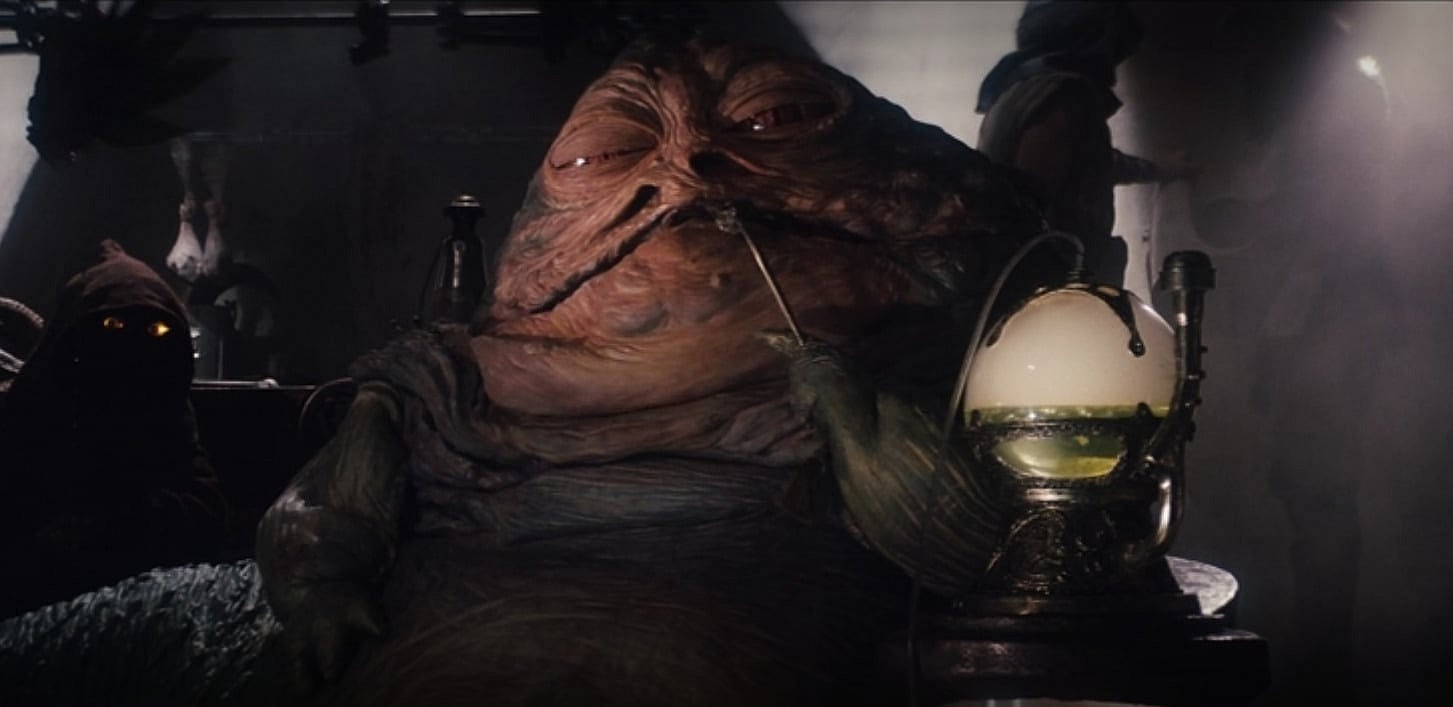
Nevertheless, they double down on the racism accusations, “Star Wars arguably conflates “alienness” with “nonwhiteness,” often seeming to rely on racist stereotypes when depicting nonhuman species.”
This doesn’t even make any sense. It’s probably why they didn’t provide any examples whatsoever. How is Admiral Ackbar a racist stereotype? Like I said the article is full of gaslighting.
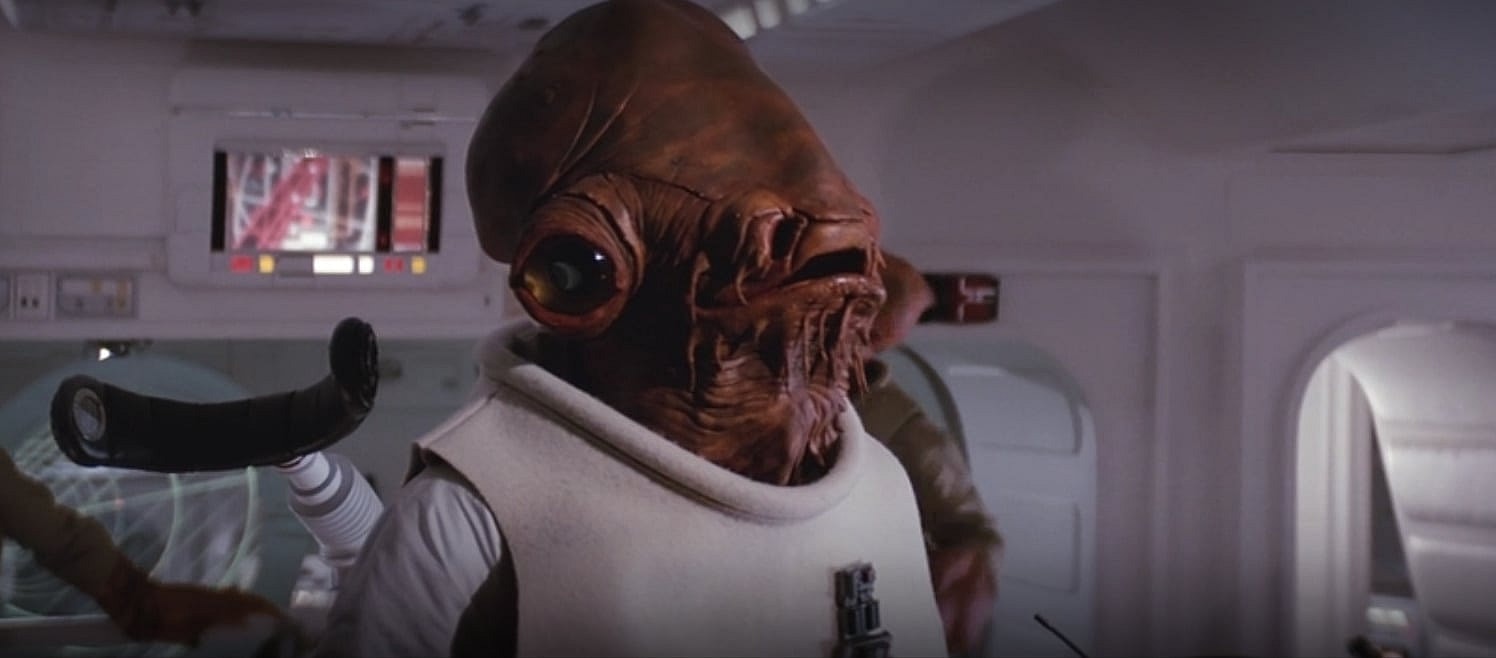
Next, they point to ableism, ” The series regularly defaults onto ableist tropes, memorably in its portrayal of Darth Vader, which links the villain’s physical disability with machinic inhumanity and moral deviance, presenting his technology-assisted breathing as a sinister auditory marker of danger and doom.”
Luke Skywalker literally gets a mechanical arm to replace the one that was chopped off by Darth Vader and he’s still the hero. On the other extreme R2-D2 and C3-PO are literal robots who are also portrayed as heroic despite also being the comedic relief.
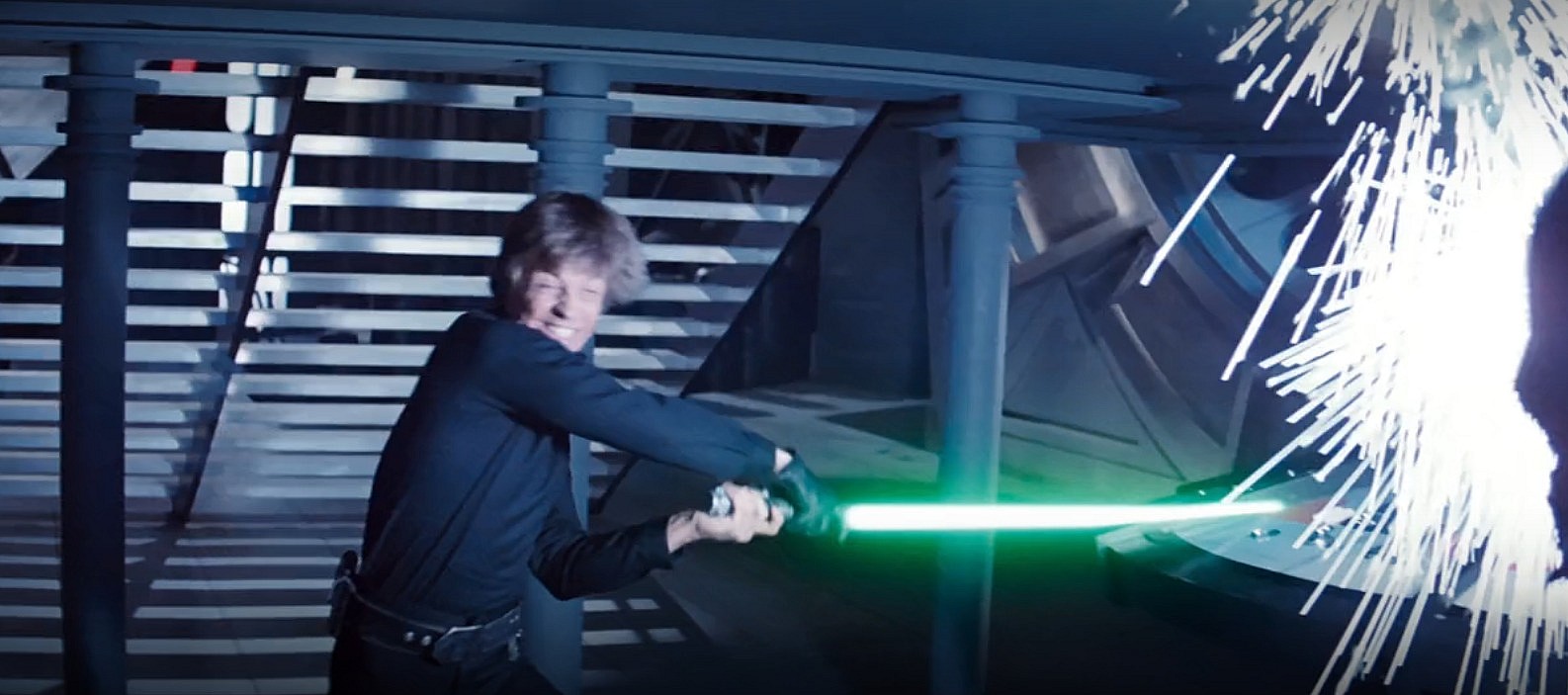
Back to racism they claim, “What’s more, the bodies and voices centered in Star Wars have, with few exceptions, historically been those of white men. And while recent films have increased gender and racial diversity, important questions remain regarding how meaningfully such changes represent a departure from the series’ problematic past.”
James Earl Jones is the literal voice of Darth Vader. Lando Calrissian has an excellent story arc full of betrayal and redemption. Mace Windu is one of the main leaders of the Jedi Order. Again, I have to ask, did these people watch the movies?
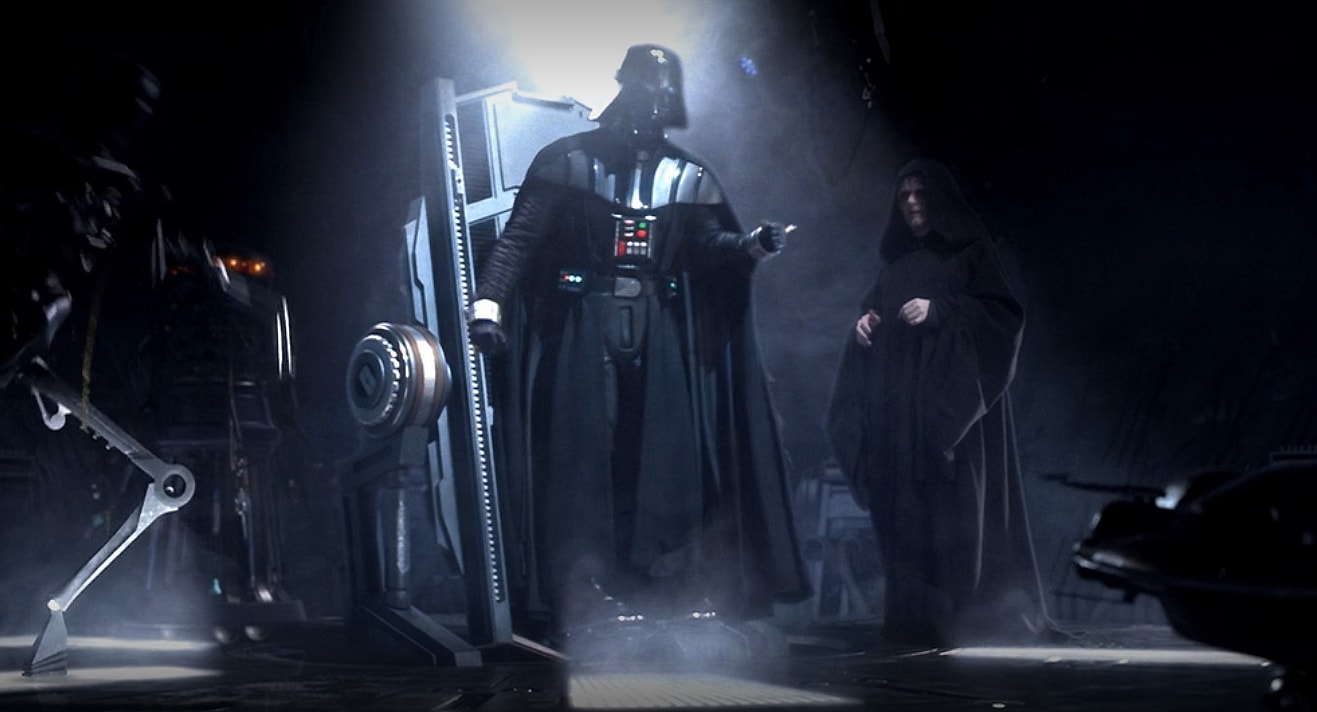
The authors then take issue with the fact that Disney owns Star Wars. They note, “JEDI connects justice initiatives to corporate capital.”
They specifically point out Disney, “We are, in effect, providing that corporation—Disney—with a form of free advertising, commodifying and cheapening our justice work in the process. Such informal co-branding entangles our initiatives in Disney’s morally messy past and present.”
“It may also serve to rebrand and whitewash Disney by linking one of its signature product lines to social justice. After all, Disney has a long and troubling history of circulating racist, sexist, heterosexist and Orientalist narratives and imagery, which the corporation and its subsidiaries (like Pixar) are publicly reckoning with,” they add.
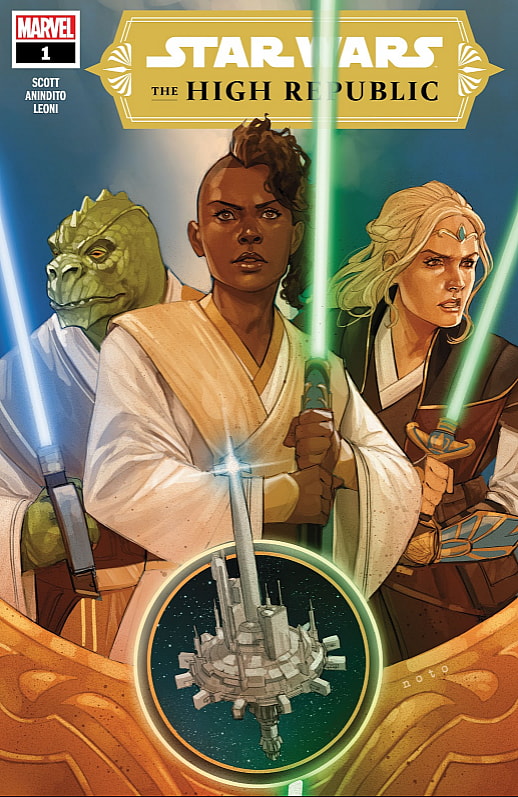
Next, they claim, “Aligning justice work with Star Wars risks threatening inclusion and sense of belonging.”
They explain, “Star Wars is popular but divisive. Identifying our initiatives with it may nudge them closer to the realm of fandom, manufacturing in-groups and out-groups. Those unfamiliar or uncomfortable with Star Wars—including those hurt by the messages it sends—may feel alienated by the parade of jokes, puns and references surrounding the term JEDI.”

While pretty much all of their reasonings for declaring why the Jedi and Star Wars are bad for social justice, I actually agree with them that the Jedi are bad mascots for social justice. The main reason being is the Jedi stand for actual justice. They recognize evil and moral wrongs and stand against them.
That’s not to say that some fail to do so, but overall the Jedi are a symbol of justice and peace, the opposite of social justice activism, which cloaks racism in anti-racism and criminal behavior and oppression in moral righteousness.
**Editor’s Note: A previous version of this article incorrectly stated that the article was published by the American Scientist. The article was published by the Scientific American. It has been updated.**
